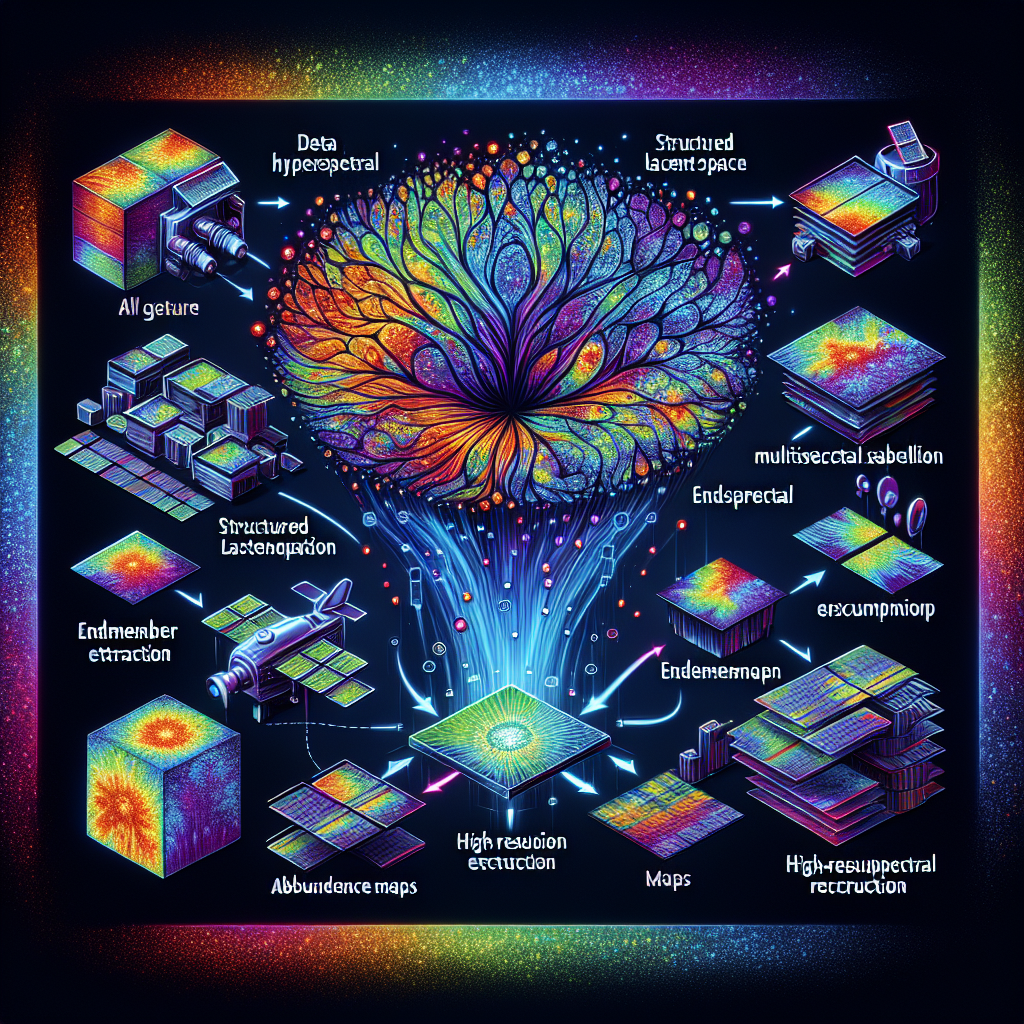Highlights:
- Introduces SpectraMorph, a self-supervised hyperspectral image fusion framework.
- Designed by Ritik Shah and Marco F. Duarte for robust, interpretable hyperspectral super-resolution.
- Utilizes a structured latent space and physics-guided unmixing bottleneck for enhanced accuracy.
- Trains in under one minute and performs well even with single-band MSI inputs.
TLDR:
SpectraMorph is a breakthrough self-supervised approach for hyperspectral image super-resolution, combining physics-based modeling and deep learning to create interpretable, high-resolution spectra from low-resolution hyperspectral and limited-band multispectral data.
A new milestone in hyperspectral imaging has been achieved with the introduction of SpectraMorph: Structured Latent Learning for Self-Supervised Hyperspectral Super-Resolution. Developed by researchers Ritik Shah (https://arxiv.org/search/cs?searchtype=author&query=Shah,+R) and Marco F. Duarte (https://arxiv.org/search/cs?searchtype=author&query=Duarte,+M+F), this method revolutionizes how hyperspectral and multispectral images are fused to restore fine spatial details without requiring labeled training data. Hyperspectral sensors, while capable of capturing detailed spectral information at each pixel, often suffer from low spatial resolution, leading to blurred boundaries and mixed-pixel effects. SpectraMorph addresses this long-standing limitation in a self-supervised, interpretable manner.
At the heart of SpectraMorph is its unique structured latent space, which incorporates an unmixing bottleneck inspired by physical spectral mixing models. Instead of relying on direct regression or opaque deep networks, the method extracts endmember spectral signatures from low-resolution hyperspectral images (HSI) and uses a lightweight multilayer perceptron (MLP) to estimate their abundance maps from co-registered multispectral or panchromatic images (MSI). By reconstructing the high-resolution spectra through linear mixing, and training the model self-consistently via the MSI sensor’s spectral response function, SpectraMorph not only improves interpretability but also greatly enhances robustness to varying sensor configurations and input limitations.
Experimental results on both synthetic and real-world datasets demonstrate that SpectraMorph outperforms competitive self-supervised and unsupervised approaches while remaining on par with supervised baselines that require extensive labeled data. The framework is efficient, training in under a minute, yet delivers state-of-the-art quality even when the MSI is reduced to a single panchromatic band. This makes SpectraMorph highly suitable for real-world applications in remote sensing, environmental monitoring, and planetary observation, where paired high-resolution ground-truth data are difficult or costly to obtain. By marrying physics-driven modeling with modern machine learning, Shah and Duarte’s work promises to make hyperspectral imaging more practical, transparent, and accessible in the next generation of Earth observation technologies.
Source:
Source:
arXiv:2510.20814v1 [cs.CV], “SpectraMorph: Structured Latent Learning for Self-Supervised Hyperspectral Super-Resolution” by Ritik Shah and Marco F. Duarte, 2025. DOI: https://doi.org/10.48550/arXiv.2510.20814

